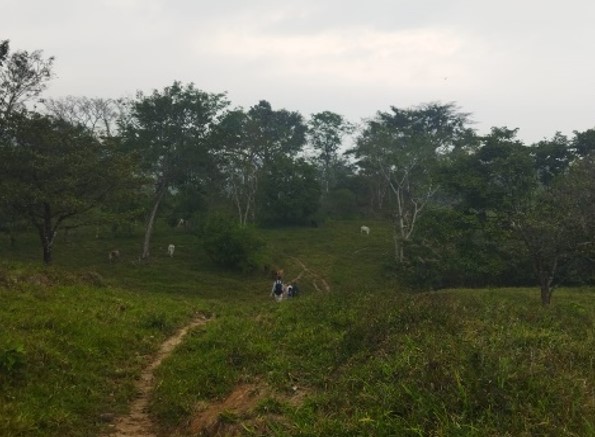Wageningen University and Research
Tropical forests are disappearing rapidly due to deforestation and forest degradation. However, secondary forests can regrow once the land is left fallow through a process called secondary succession. This study aims to (1) understand the effect of the surrounding landscape in terms of distance to the nearest forest and percentage of surrounding forest cover on seed dispersal and (2) the effect of site factors, such as soil characteristics and plant resources (i.e., light and water) on seedling establishment. Fieldwork was conducted in 3 years old abandoned pasture fields in twenty 25x25m plots in the wet forest region of Loma Bonita, Chiapas, Mexico. Results showed that a higher pioneer forest cover within a 1km radius around the plot increased seed species richness. Higher tree presence in the plots increased seedling abundance and richness, as well as the number of pioneer seedlings. Moreover, seedling abundance was positively influenced by soil organic matter and the percentage of pioneer seedlings was positively correlated to soil nitrogen. Pioneer trees in the surrounding forest up to 1km are important seed sources, and remnant trees and soil organic matter of the regenerating forest are important in creating favourable conditions for seedling establishment.

